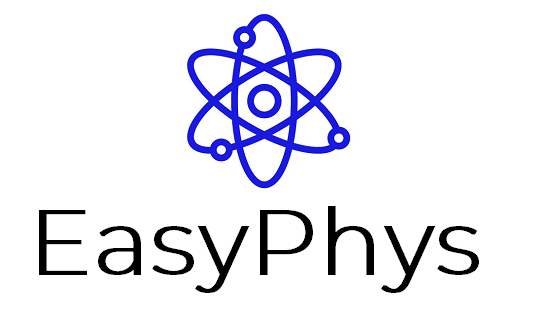Maxwell’s equations showed a symmetry between electric and magnetic fields.
- Electric field can be created by a changing magnetic field.
- Magnetic field can be created by a changing electric field.
Thus if we had an oscillating electric field, it would create an oscillating magnetic field. And an oscillating magnetic would create an oscillating electric field.
Production of electromagnetic waves:
Accelerating charged particles, create an Electromagnetic wave.
If we have an oscillating charged particle, it creates an oscillating electric and magnetic field. These propagate through space as described by wave equations.

https://commons.wikimedia.org/wiki/File:EM-Wave.gif
The first recorded production of Electromagnetic waves was by Heinrich Hertz, who produced Radio waves in 1887.
Hertz’s experiment involved:
- Using an induction coil to produce sparks between spherical electrodes, thus creating an alternating electric current.
- Observing that when a small length of wire bent into a loop with a small gap was placed near the transmitter, a spark would jump across the gap (at the same time as a spark would jump in the transmitter).

With this, Hertz was able to confirm the existence of electromagnetic waves as predicted by Maxwell as an oscillating electric and magnetic field.
There are multiple other sources that produce Electromagnetic waves, all conforming to Maxwell’s electromagnetic theory.
- transitions of electrons in an atom, releases energy in the form of electromagnetic waves
- nuclear transitions release energy through electromagnetic waves
Propagation of electromagnetic waves:
- Electromagnetic waves propagate through space as oscillating electric and magnetic fields.
- It does not require any medium to travel.
- In vacuum it travels at the speed of 299,792,458 ms-1 , which is very close to the speed predicted by Maxwell.
- While travelling through medium other than vacuum, it changes its speed depending to the permeability and permissibility of the medium.
Extract from Physics Stage 6 Syllabus © 2017 NSW Education Standards Authority (NESA)
